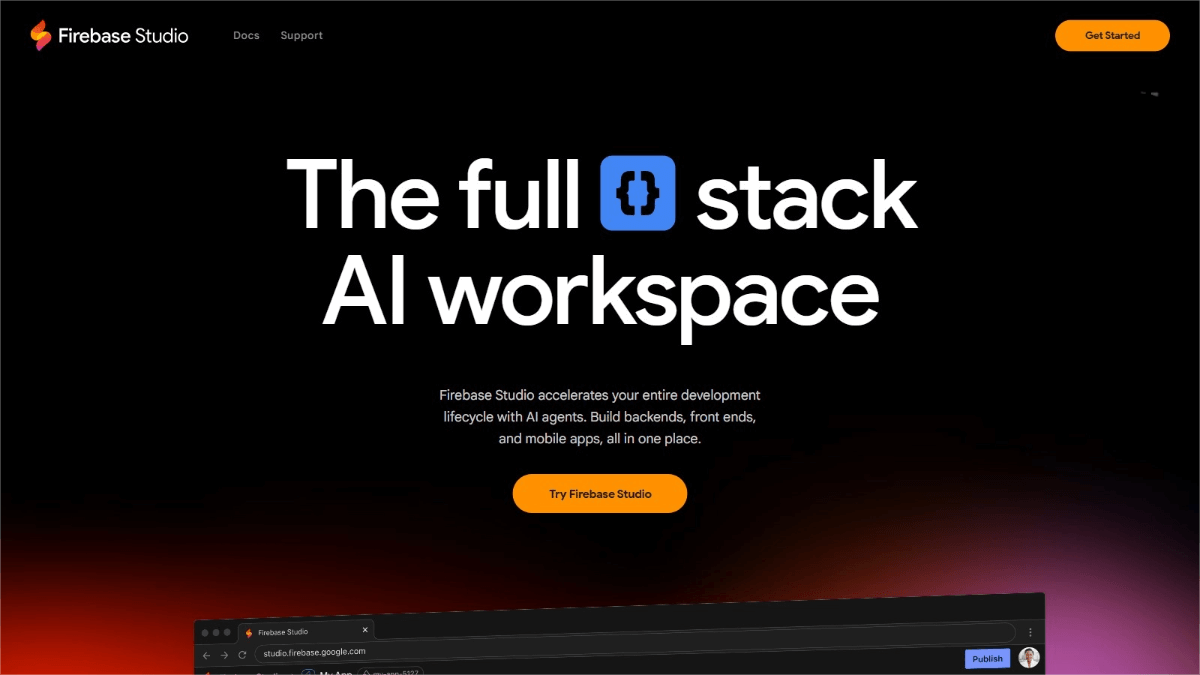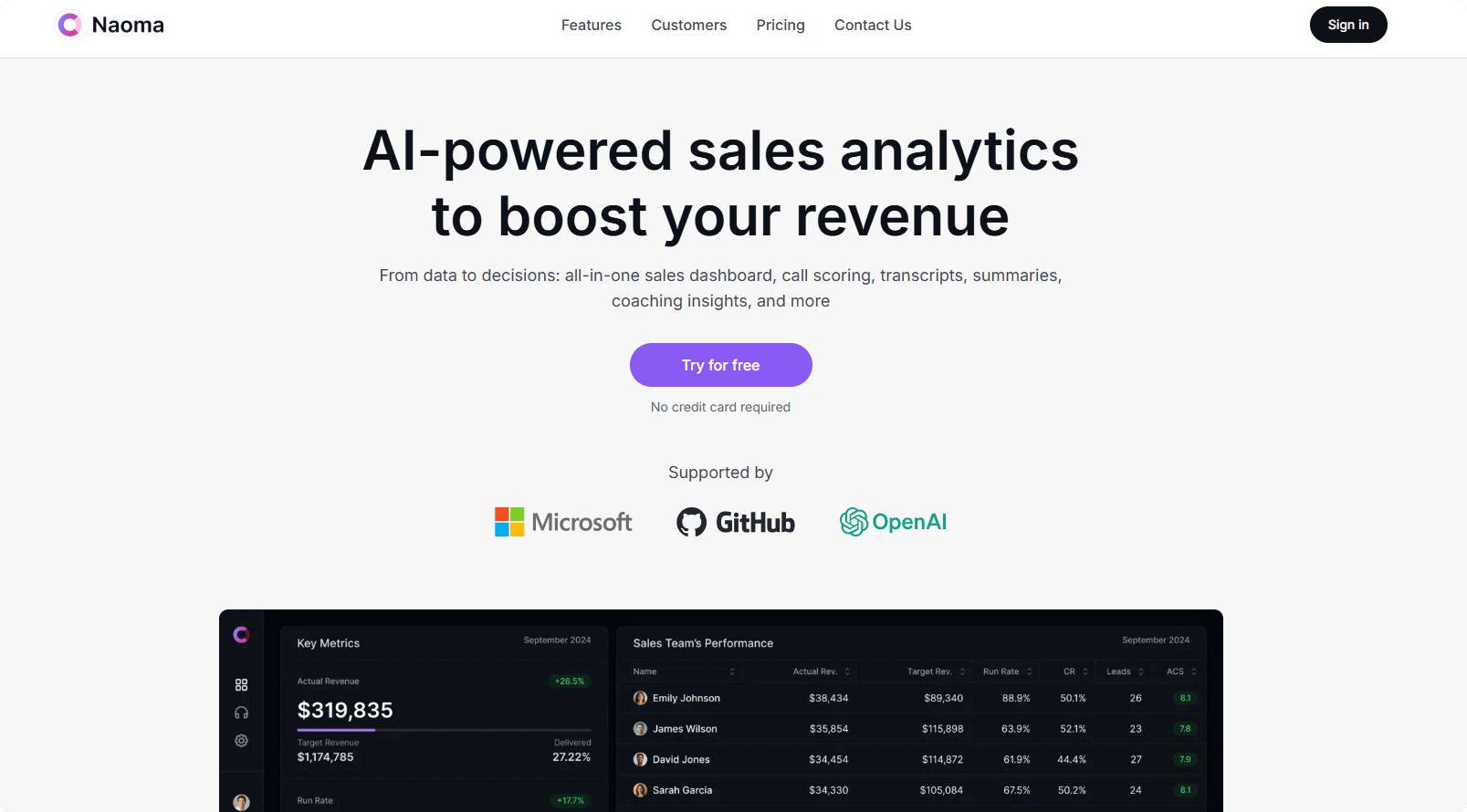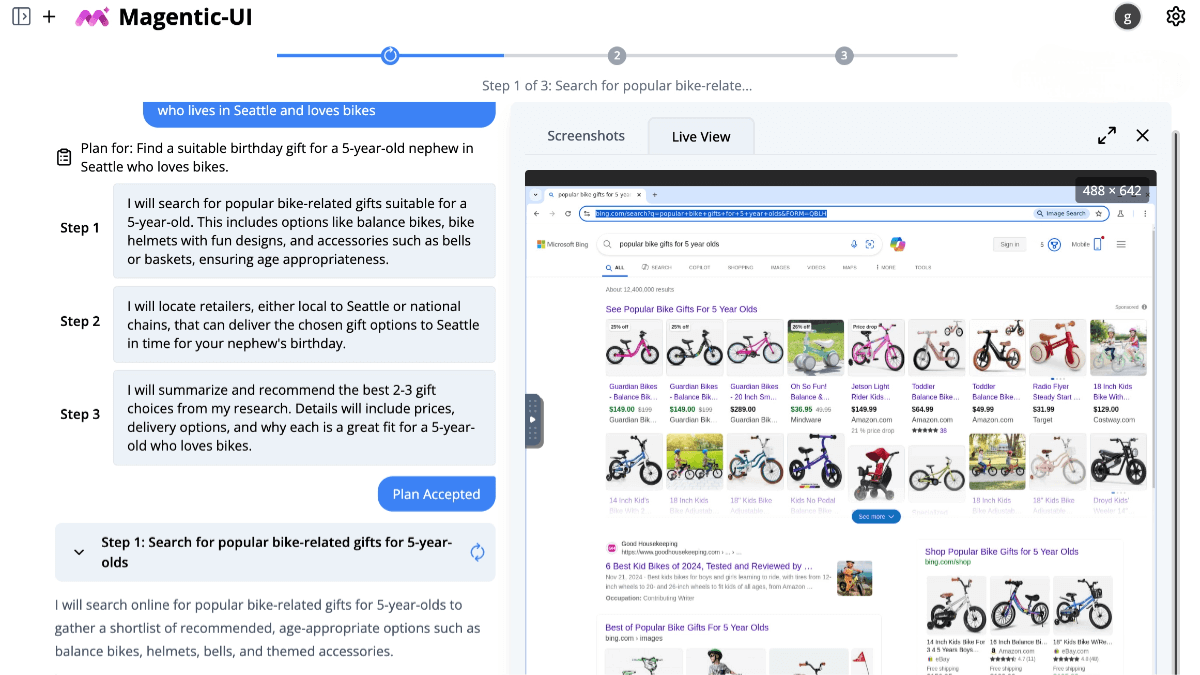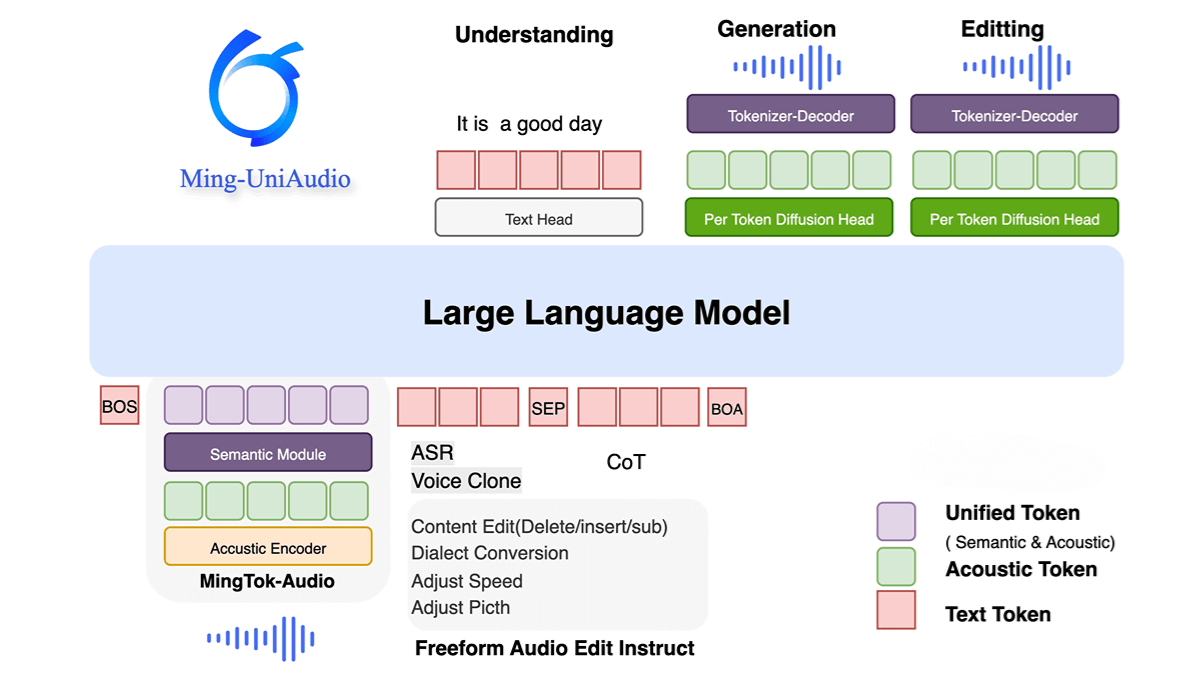Stanford 2025 AI Index Report: The impact of artificial intelligence on society has never been so profound.
At the Stanford Institute for Human-Centered Artificial Intelligence (HAI), we believe that artificial intelligence will become one of the most disruptive technologies of the 21st century. However, to ensure that the benefits of AI are distributed equitably, we must guide its development with caution. The AI Index Report provides the most comprehensive and authoritative global data insights, becoming a widely trusted resource for governments, global media, and industry leaders. It offers rigorous and objective analysis to decision-makers, entrepreneurs, and the public, shedding light on the technological advancements, economic impacts, and societal roles of artificial intelligence.
Core Views and Findings
1. The performance of AI in high-difficulty tests continues to improve
In 2023, researchers introduced three new benchmark tests—MMMU, GPQA, and SWE-bench—to evaluate the limits of advanced AI systems. One year later, significant improvements were observed in these tests, with performance increases of 18.8 percentage points, 48.9 percentage points, and 67.3 percentage points, respectively. Additionally, AI has made major breakthroughs in generating high-quality videos. In certain programming tasks, even under time constraints, AI agents have outperformed humans.
2. The Growing Integration of AI into Daily Life
From healthcare to transportation, artificial intelligence is rapidly transitioning from laboratories to people’s daily lives. In 2023, the U.S. Food and Drug Administration (FDA) approved 223 AI-powered medical devices, compared to only 6 in 2015. In the realm of road transportation, autonomous vehicles are no longer experimental products: Waymo in the United States provides over 150,000 driverless rides weekly, while Baidu Apollo Go in China is offering self-driving taxi services at more affordable prices in multiple cities.
3. Enterprises are actively investing in and applying AI, showing great enthusiasm. Research indicates a significant boost in productivity.
In 2024, private sector investment in AI in the United States reached $109.1 billion, nearly 12 times that of China’s $9.3 billion investment and 24 times that of the UK’s $4.5 billion. Among them, generative AI has attracted particular attention, drawing $33.9 billion in global investment, a year-on-year increase of 18.7%. The adoption rate of AI in enterprises has risen rapidly, with 78% of companies applying AI in 2024, compared to only 55% in 2023. Meanwhile, numerous studies have confirmed that AI has improved production efficiency and helped narrow the labor skill gap.
4. The United States Maintains the Largest Number of AI Models, but China Rapidly Closes the Performance Gap
In 2024, U.S. institutions introduced 40 notable AI models, significantly outpacing China (15) and Europe (3). Although the U.S. continues to lead in terms of quantity, Chinese models have rapidly caught up in performance. The gap in major benchmarks such as MMLU and HumanEval, which was in the double digits in 2023, has nearly closed by 2024. Meanwhile, China maintains its lead in the publication of AI academic papers and patent applications. Additionally, notable models are also emerging from regions such as the Middle East, Latin America, and Southeast Asia.
5. The Responsible AI Ecosystem is Gradually Maturing, but Development Remains Uneven
While incidents related to AI have increased significantly, mainstream enterprises still lack widespread adoption of Responsible AI (RAI) assessments. However, emerging benchmarks such as HELM Safety, AIR-Bench, and FACTS provide effective tools for evaluating AI safety and factual accuracy. There remains a gap between corporate actions and awareness in the RAI domain, but governments have shown greater enthusiasm: in 2024, international organizations including the OECD, EU, United Nations, and African Union successively introduced core principle frameworks for Responsible AI centered on transparency and trustworthiness.
6. Global Optimism Towards AI is on the Rise, but Regional Differences Remain Significant
In countries such as China (83%), Indonesia (80%), and Thailand (77%), the majority of people believe that the benefits of AI outweigh its risks. However, in countries like Canada (40%), the United States (39%), and the Netherlands (36%), this proportion remains relatively low. Nevertheless, compared to 2022, many countries that were previously more pessimistic have seen a significant increase in optimism. For instance, optimism in Germany and France grew by 10%, in Canada and the United Kingdom by 8%, and in the United States by 4%.
7. AI is Becoming Increasingly Efficient, Cost-Effective, and User-Friendly
Thanks to the growing capabilities of smaller models, the cost of AI inference achieving performance comparable to GPT-3.5 has dropped by more than 280 times from November 2022 to October 2024. In terms of hardware, the cost has been reduced by approximately 30% annually, while energy efficiency has improved by 40% annually. Meanwhile, the performance gap between open-source and closed-source models has rapidly narrowed, decreasing from 8% to 1.7% within a year. These trends are quickly lowering the barriers for people to access and use high-end AI.
8. Governments around the World Strengthen AI Regulation and Investment
In 2024, U.S. federal agencies introduced 59 AI-related regulations, more than doubling the number from 2023, with the number of agencies involved also increasing twofold. The number of AI-related legislative mentions across 75 countries globally increased by 21.3% since 2023 and by ninefold since 2016. Meanwhile, governments worldwide have significantly increased their investments in AI: Canada has committed $2.4 billion; China launched a $47.5 billion fund for semiconductors; France announced an investment of €109 billion; India pledged $1.25 billion; and Saudi Arabia’s “Project Transcendence” aims to invest a staggering $100 billion.
9. The rapid expansion of AI and computer science education, but issues of accessibility and preparedness persist
Two-thirds of countries worldwide have introduced or plan to introduce computer science (CS) education at the primary and secondary school levels, doubling since 2019, with the fastest progress seen in Africa and Latin America. The number of undergraduate computer science graduates in the United States has increased by 22% over the past decade. However, many African countries still face significant challenges in achieving widespread education due to inadequate infrastructure, such as insufficient electricity supply. In the U.S., 81% of K-12 computer science teachers believe that AI should be incorporated into basic education, but less than half of them possess the necessary teaching skills.
10. The AI industry is developing rapidly, but the leading edge is narrowing.
In 2024, nearly 90% of important AI models were released by enterprises, a significant increase from 60% in 2023, while high-citation academic research remains dominated by academia. Model scale continues to grow rapidly: training compute doubles every 5 months, dataset size doubles every 8 months, and energy consumption doubles annually. However, the performance gap between top-ranked models is narrowing. The score difference between the first and tenth-ranked models has shrunk from 11.9% to 5.4%, while the difference between the top two models is now only 0.7%. Competition at the forefront of AI technology is becoming increasingly fierce and crowded.
11. AI Wins Prestigious Awards for Its Impact on the Scientific Field
The significance of AI in the scientific field is gradually being recognized: the Nobel Prize in Physics and Chemistry have honored groundbreaking work in the field of deep learning and the application of AI in protein folding, respectively, while the Turing Award has been bestowed for breakthrough achievements in reinforcement learning.
12. AI Still Struggles with Complex Reasoning Problems
Although AI models perform impressively on tasks resembling the International Mathematical Olympiad, they still underperform in complex reasoning benchmark tests such as PlanBench. Even when a theoretically correct solution exists, the models often fail to consistently solve logical reasoning problems, limiting their effectiveness in high-stakes, high-accuracy environments.
Related Posts




